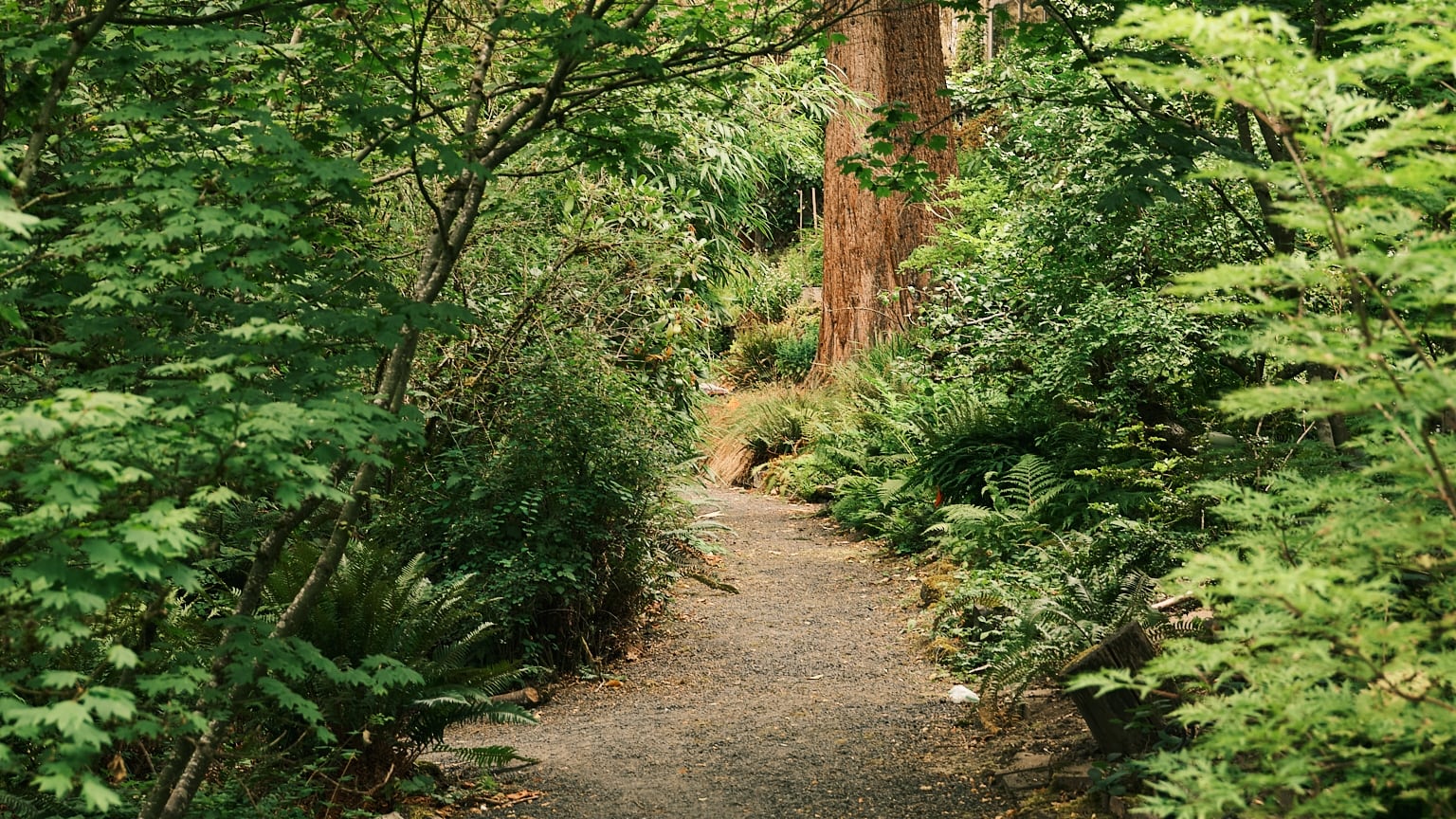I have lived In Alaska next to a glacier: tons of glacial silt. We have lived in the desert, where it’s easy to see the origin of the dust covering everything. But now we live in Portland. No glacier, no desert, just rivers and rain and humidity. So why so much dust, and where oh where does it come from? —Continually Not Dusting
With all due respect, Dusting, what do you think happens to that river mud when it dries out? Unless it’s raining inside your house—and if so, my sympathies—any mud or muddy water tracked into your warm, dry house will swiftly revert to its primordial, windblown state, suitable for use as a metaphor for the meaninglessness of existence, or perhaps as raw material for the creation of a sentient being in one’s own image (offer not valid in all areas).
But before all you sickos who don’t wear shoes in the house start getting smug, be aware that tracked-in material accounts for less than half (probably) of the dust in a typical house. Estimates vary wildly, but somewhere between 20% and 60% of house dust essentially just wafts in on the breeze. This includes pollen (a material specifically designed by nature for wafting), airborne soils, smoke particles, and anything else small enough to take a ride on the wind.
Speaking of sickos, I’m sure some of you are bursting to chime in right about now that house dust is 80% dead human skin cells. That figure has circulated widely through the same channels that brought us pizza-based pedophile rings and Richard Gere’s least-favorite rumor, but it’s an exaggeration. The actual proportion seems to be somewhere around one-third. Still pretty gross, but luckily most of the three Quarter Pounders’ worth of skin we shed each year goes down the bathtub drain.
The balance of our household dust comes from clothing fibers, cooking particulates, microplastics, and the remains (and droppings) of various insects and mites. But I would be remiss to let your comment about glacial silts go by (and not just because my mother was a glacial silt). As it happens, acres of mineral-rich glacial silts were deposited throughout the Willamette Valley during the prehistoric Missoula Floods, which is one reason our soil is so fertile. And you thought you had to live in Alaska to have glacial silts floating through your window! It just goes to show: He who wafts last, wafts best.
Questions? Send them to dr.know@wweek.com.
